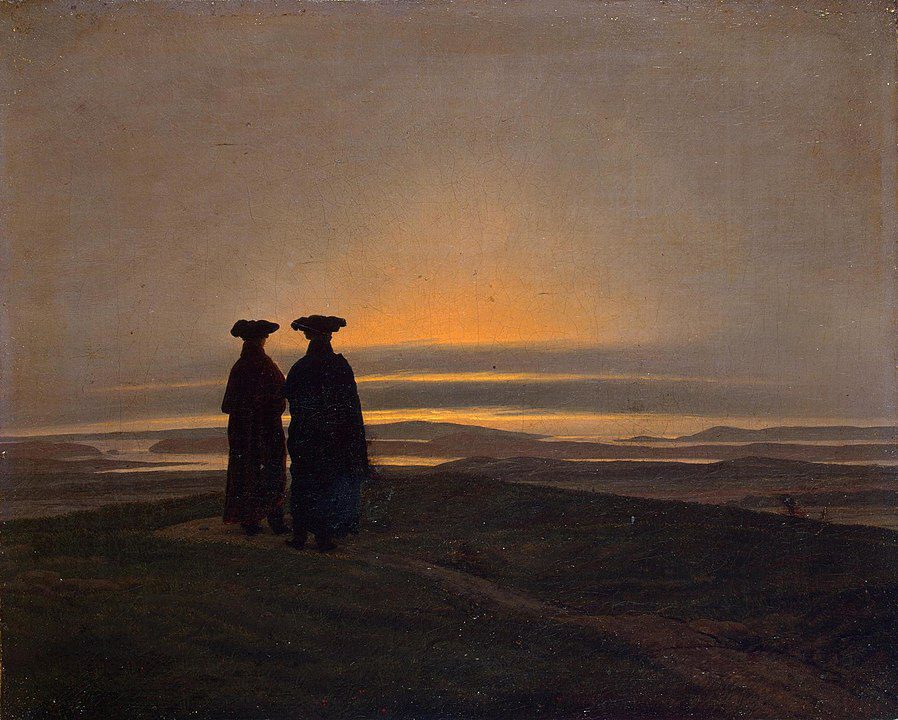
Caspar David Friedrich (1774–1840) was a seminal figure in 19th-century German Romanticism, a movement that sought to emphasize emotion and individualism, often through a deep appreciation of nature, history, and mysticism. Born on September 5, 1774, in Greifswald, then part of Swedish Pomerania, Friedrich’s early life was marked by personal tragedies, including the loss of his mother when he was just seven, and later, the death of his brother. These events profoundly influenced his outlook and subsequently, his art, imbuing it with a sense of melancholy and introspection.
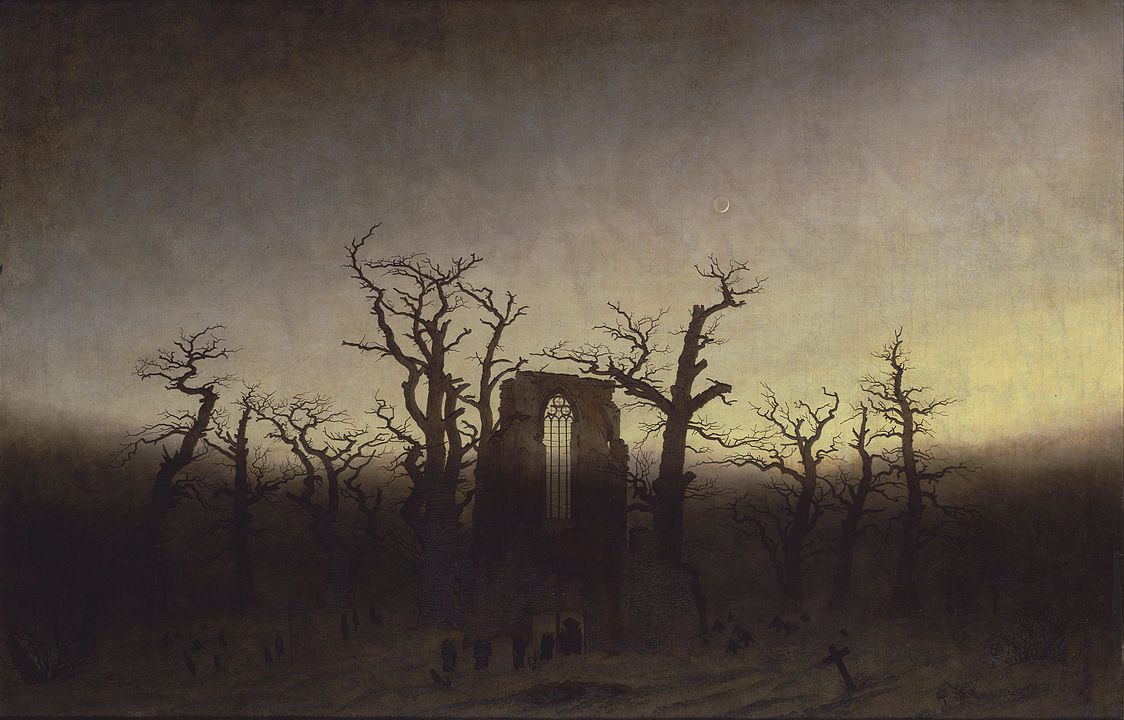
Friedrich began his formal artistic education at the University of Greifswald and later continued at the Copenhagen Academy. His studies laid the foundation for his unique style, which combined precise observation of nature with a deep philosophical and spiritual underpinning.

Friedrich’s landscapes are not mere representations of the natural world but are imbued with symbolic meaning, often exploring themes of mortality, transcendence, and the divine.

One of Friedrich’s most iconic works, “Wanderer above the Sea of Fog” (c. 1818), epitomizes the Romantic ideals of the sublime and the individual’s confrontation with nature. The painting depicts a lone figure standing atop a mountain, gazing out over a vast, fog-enshrouded landscape. It is a powerful meditation on the human experience, showcasing Friedrich’s skill in conveying vast emotional landscapes as much as physical ones.
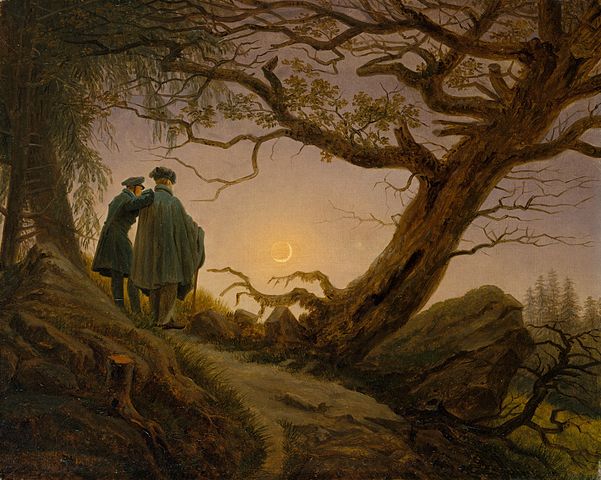
Friedrich’s approach to landscape was revolutionary. He often composed scenes from memory and imagination, creating a sense of universality and timelessness. His use of light and shadow, particularly in works such as “The Abbey in the Oakwood” (1809–1810), conveys an eerie solemnity and a contemplation of death and rebirth. These elements made his work profoundly moving to contemporary audiences and continue to resonate today.
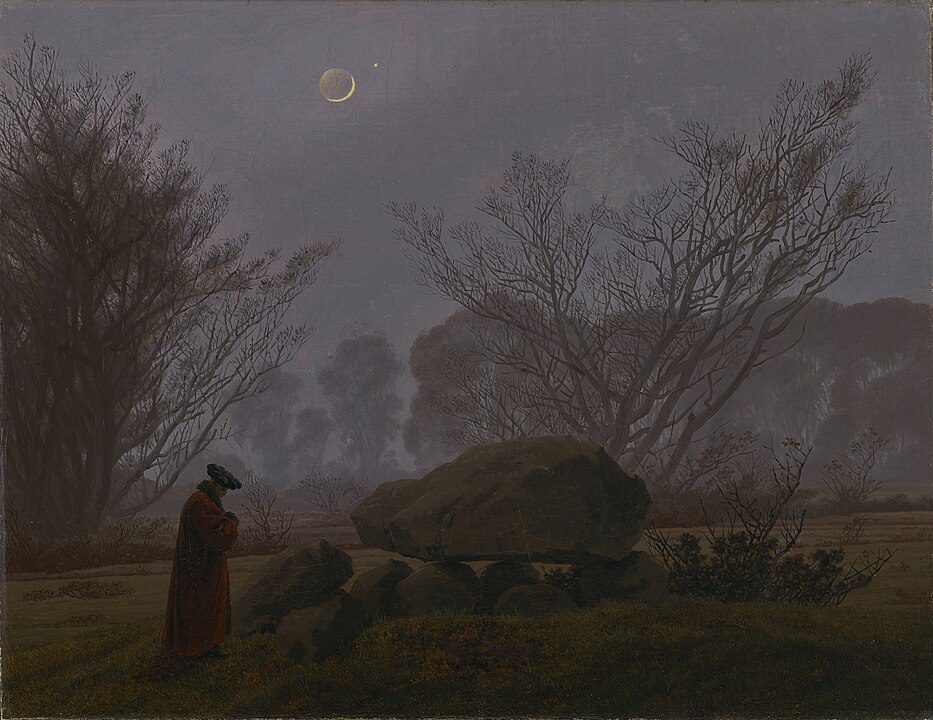
Despite his innovative contributions to Romantic art, Friedrich’s later years were marked by declining health, financial difficulties, and a waning public interest in his work. The political climate of the time, particularly the rise of nationalism in Germany, also overshadowed the introspective and universal qualities that characterized his art. By the time of his death on May 7, 1840, in Dresden, Friedrich had fallen into relative obscurity.
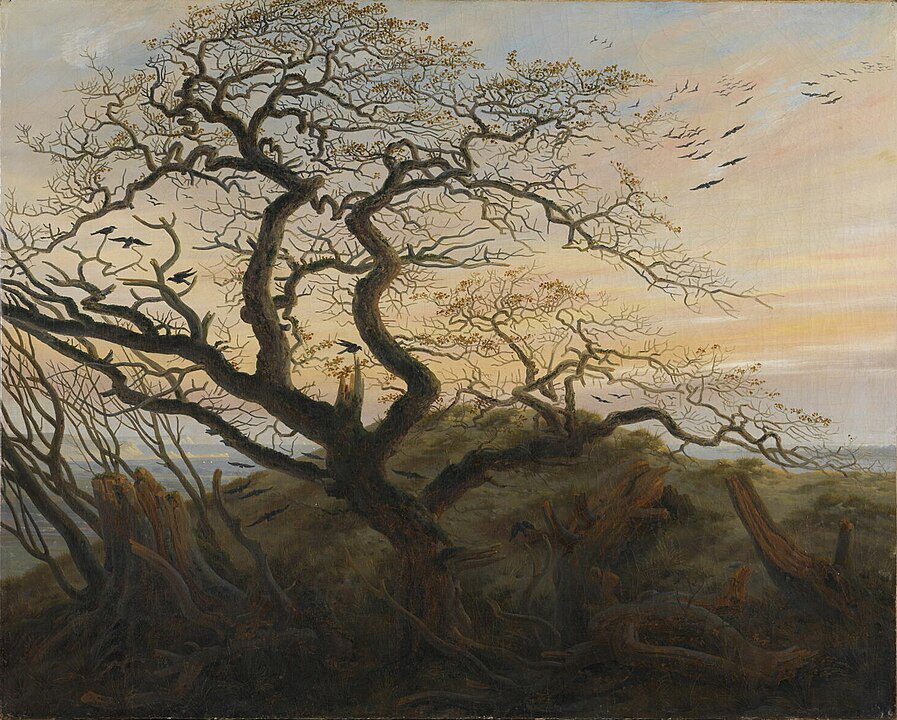
However, the 20th century witnessed a significant reassessment of Friedrich’s oeuvre, with critics and scholars recognizing him as a pioneer of modern art. His emphasis on the emotional and spiritual aspects of nature anticipated the symbolist movement and influenced subsequent generations of artists, including the Expressionists and Surrealists. Friedrich’s ability to evoke the sublime through landscape has cemented his legacy as one of the most important figures in Romanticism, offering a profound commentary on the human condition that transcends the boundaries of time and place.
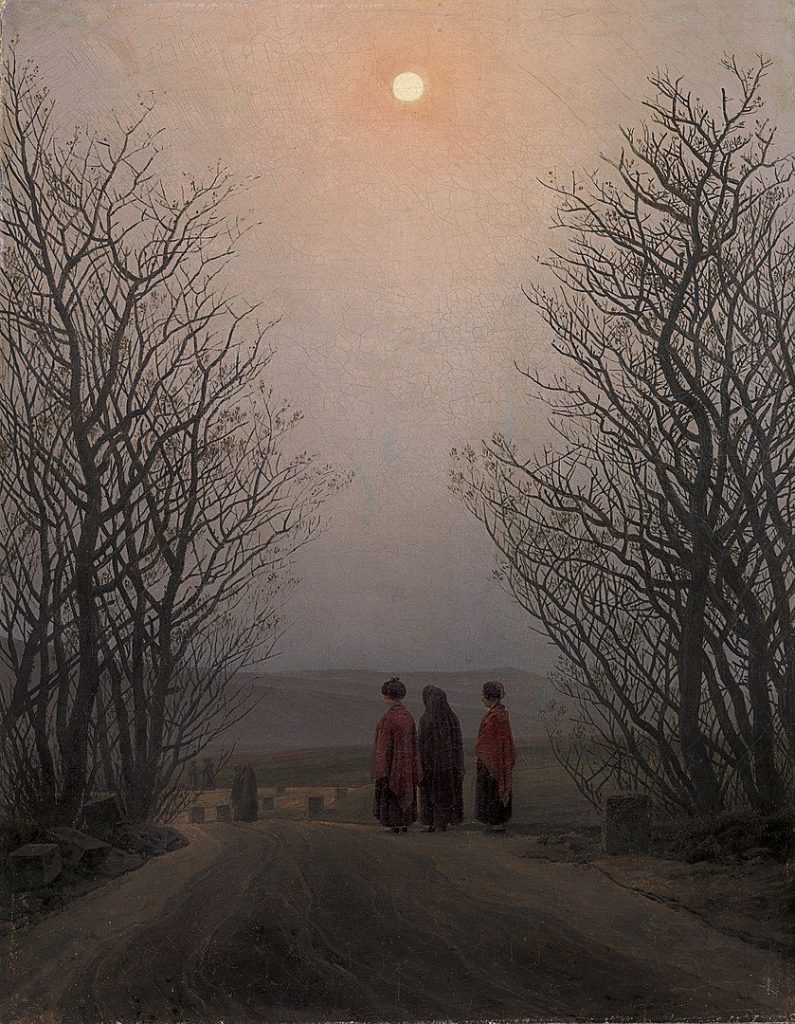
Today, Caspar David Friedrich is celebrated for his unique vision and his contributions to the Romantic movement. His work invites viewers to reflect on their relationship with nature, the divine, and the inner self, making him a pivotal figure in the history of art whose relevance continues to endure.



